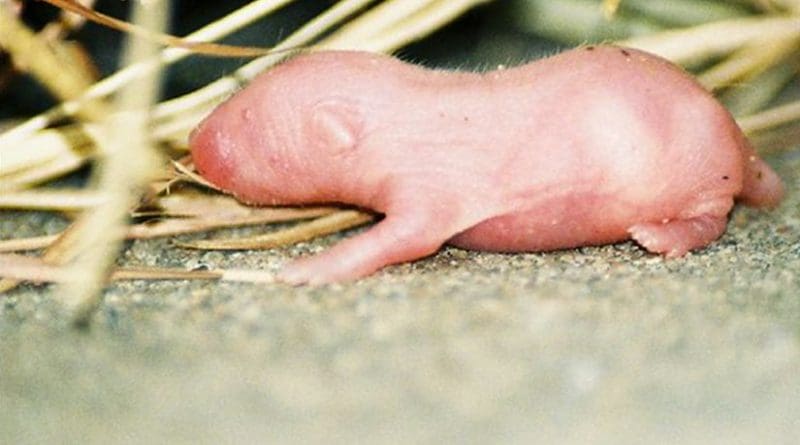Scientists Create Living Mice From Artificial Eggs
Japanese scientists have grown artificial eggs created from stem cells for the first time and used them to create living mice in a process that could potentially one day be extended to humans.
Nearly a dozen rodents were born after scientists created the early-stage mouse eggs from stem cells and nurtured them in the lab. The Japanese team then fertilised them with mouse sperm and went on to make hundreds of embryos from the lab-grown eggs. They were then implanted into female mice, leading some to give birth to apparently healthy mouse pups. The pups that survived grew into apparently healthy, fertile adults.
Although this method won’t be producing human eggs anytime soon (it had a very low success rate and sometimes produced defective eggs), this breakthrough could help researchers identify key genes involved in egg development and maturation. However, if the technology is developed further, many are speculating that eventually, in the distant future, the technique could be used to help more women become mothers and result in the birth of healthier babies.
Writing in the journal ‘Nature’, Professor Katsuhiko Hayashi at Kyushu University, who led the research team credited with the breakthrough, describes how he created some of the primitive mouse eggs from embryonic stem cells, and others from skin tissue taken from a mouse tail. They then created a chemical soup that mimicked the conditions of an ovary to encourage the stem cells to become follicles. These are the tiny tubes found in ovaries which produce eggs. From those follicles, the research team was able to harvest healthy eggs. Eventually they were able to put more than 300 two-day-old embryos into female mice, but this only resulted in 11 pregnancies that ended in normal births. The breakthrough builds upon 10 years of research conducted by Hayashi and his team.
“This is the first report of anyone being able to develop fully mature and fertilisable eggs in a laboratory setting right through from the earliest stages of egg development,” said Richard Anderson, professor of clinical reproductive science at the University of Edinburgh, who was not involved in the Japanese study. “Although we are a long way from making artificial eggs for women at the moment, this study also provides us with a basis for experimental models to explore how eggs develop from other species, including in women… one day this approach might be useful for women who have lost their fertility at an early age, as well as for improvements in more conventional infertility treatments.”
However, this breakthrough also raises a number of important ethical questions, such as the technology one day being advanced enough to allow for the creation of ‘designer babies’, with specific genetic alterations requested by the parents. There’s also the possibility that such a method could result in the introduction of certain abnormalities due to the fact that the cells have gone through many lab-based manipulations.
Suffice to say, the application of Professor Hayashi’s method to humans remains a long way off but he and his colleagues are now working to take the research to the next level by applying their current success to primate cells.
Source: CORDIS

